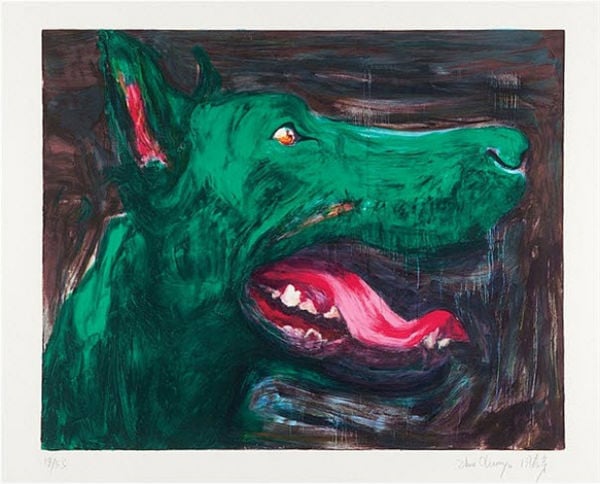

Zhou Chunya
Chinese (1955–)
ChinaToday Gallery
Known for his gestural paintings that distill traditional Chinese brush painting with German Neo-Expressionism, Zhou Chunya is a stalwart in the iron hot Chinese contemporary market. “So far, his present market is mainly driven by Asia, and has consistently achieved a place in the top 10 living contemporary artists for the last five years,” Bruno Simpelaere of Brussels gallery ChinaToday told artnet News via email. “As for numbers of collectors today, Asia still has the upper hand, but the West is closing in fast with very active private collectors.”
Zhou cut his teeth training as a propaganda poster painter at the Sichuan Academy of Fine Arts, before studying at the Kassel Academy in Germany. Imbibing the legacy of German Expressionism, he drifted away from the academic realism sanctioned by the Chinese Cultural Revolution, and began painting semi-abstract representations of nature rooted in personal expression. Returning home in 1989, Zhou eschewed the Cynical Realist and Political Pop styles prevalent in Mainland China, instead painting brushy, loose-handed landscapes of rocks and flowers that evoked the painterly bravado of German Expressionism and the lyrical brushwork of Chinese calligraphy. While these works are a favorite on the auction block—the abstract triptych Stone series-Yaan Shanglr (1994) was the most expensive artwork sold in China in 2012, bringing in 29,900,000 CNY (4,799,974 USD) with buyer’s premium—Zhou is perhaps best known for his “Green Dog” series depicting the artist’s pet German Shepard. In these paintings and sculptures, the green dog stands in as Zhou’s alter ego, enabling him to explore tropes of alienation and physic angst.
Zhou was ranked the second most successful Chinese contemporary artist in 2013, outperforming the late Chen Yifei, and coming in behind Zeng Fanzhi. “We present a steady flow of new works to our clients, but demand outstrips availability,” Simpelaere said. Zhou’s market, he explained, sees less flipping than many of his peers. “There is speculation as we know it in the West, but Zhou Chunya has been one of the most steadily [appreciating] in Asia, significantly less volatile than some of his peers, East or West,” he said. “A limited number of works have returned to the market a few times, but this is drying up…”
Simpelaere is confident Zhou’s market will improve, given the abundance of high-net-worth individuals in Asia, the spate of new museums opening in China, and the growing base of Western collectors. “Zhou Chunya is a buyer’s market given [that] his price level still reflects only about half the art market, mainly the East. Once [he is] better noticed in the West, we’ll probably see significant changes.”
For more art market analysis, please visit artnet Analytics.





